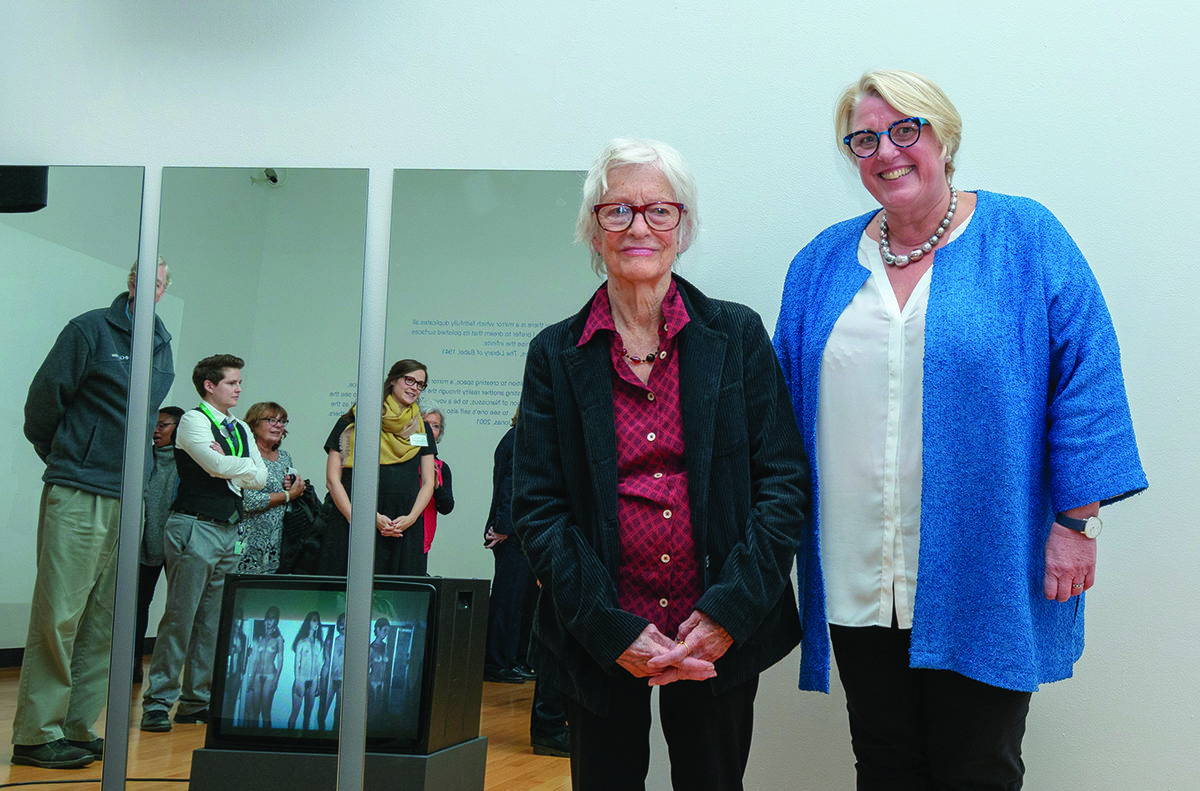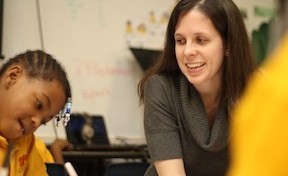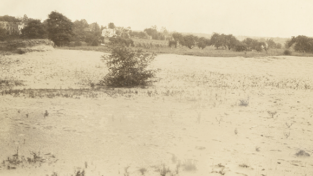President’s Pen

Joan Jonas ’58 (left) and President Sonya Stephens during Jonas’ visit to campus in the fall
The current exhibition at the Mount Holyoke College Art Museum “The Promise of the Infinite: Joan Jonas and the Mirror” is a microcosmic reflection of the extraordinary, groundbreaking work of Joan Jonas ’58 and also reminds us of the power of the arts, and indeed of the liberal arts.
Jonas’ originality derives from her unusual forms and the connections she makes between performance (sets, costumes, props, scripts, choreography, music and sound), installation and drawing, which, in combination with video, present to the spectator complex perspectives on art, life and what it means to be human. Jonas says, “My work is about layering, because that’s the way our brains function. We think of several things at the same time. We see things and think another, we see one picture and there’s another picture on top of it. I think in a way my work represents that way of seeing the world — putting things together in order to say something.”
Jonas often refers back to earlier works, incorporating fragments, in ways that set up what has been called “this principle of echoing and mirroring” that is such a feature of the Mount Holyoke exhibition, and of the way in which we experience life and reflect that experience. In her fall lecture on campus she shared her journey — including her international travels, which are an inspiration for her work — and her most recent multimedia installations for the 2015 Venice Biennale and for Tate Modern’s debut of her awe-inspiring “Moving Off the Land: Ocean—Sketches and Notes,” (2018) both of which “[mirror] human interference with nature’s ecosystems.” Throughout her career, Jonas has developed an intermedial and interdisciplinary creative language to speak her truth, to challenge us to interrogate her work and the world and to meet that search for meaning with our own commitment to veracity.
What is a liberal education if it does not activate both the mind and the imagination, and a quest for both meaning and beauty?
Sonya Stephens
Jonas’ spirit of innovation and humanistic inquiry, her creative interdisciplinarity and purposeful making of connections stand as a mirror, too, for other endeavors in the liberal arts at Mount Holyoke. One of these, the MEDIAL Project, is directly related to the visual and performing arts, with the purpose of transforming teaching and learning by cultivating productive interdependence among art, ideas and technology; nurturing design thinking and interdisciplinary project-based learning across the curriculum; and leveraging the Mount Holyoke College Art Museum, Library and Information Technology Services and the Fimbel Maker & Innovation Lab to support digital arts initiatives. As with other educational opportunities at Mount Holyoke, the goal of the MEDIAL Project is to empower our students as “makers” through access to state-of-the-art resources and facilities, mentoring and modeling principles of inquiry, innovation, collaboration and experimentation, while also encouraging digital literacy and creative self-expression.
The idea behind this initiative, true to a Mount Holyoke liberal arts education, is to encourage new forms of creativity and knowledge production, to develop awareness of the complex and fluid process through which ideas are realized (inside and beyond the classroom) and to create a sustained and meaningful connection between the arts and sciences through the shared use of technology in areas such as art conservation and restoration, ecological and sustainable design, ecomusic and acoustic ecology, to name but a few. In this world of fast-paced change, the goal is also to develop in students an appreciation for the limits of technology and technological solutions, as well as the abiding importance of humanistic understanding.
What is a liberal education if it does not activate both the mind and the imagination, and a quest for both meaning and beauty? While Mount Holyoke continues to innovate and to evolve its understanding and teaching of the liberal arts, it also continues to offer a global education focused on timeless principles of inquiry and sense-making, an education that challenges assumptions in relation both to past traditions and to contemporary challenges. This is a learning environment where risk-taking builds confidence and where endeavors across the curriculum — and cross-curricular exploration — invite students to take on the unknown and, with integrity and empathy, in context, collaboration and conversation, to pursue truth in all of its manifestations.
—By President Sonya Stephens
This article appeared in the winter 2019 issue of the Alumnae Quarterly.
February 25, 2019










Leave a Reply